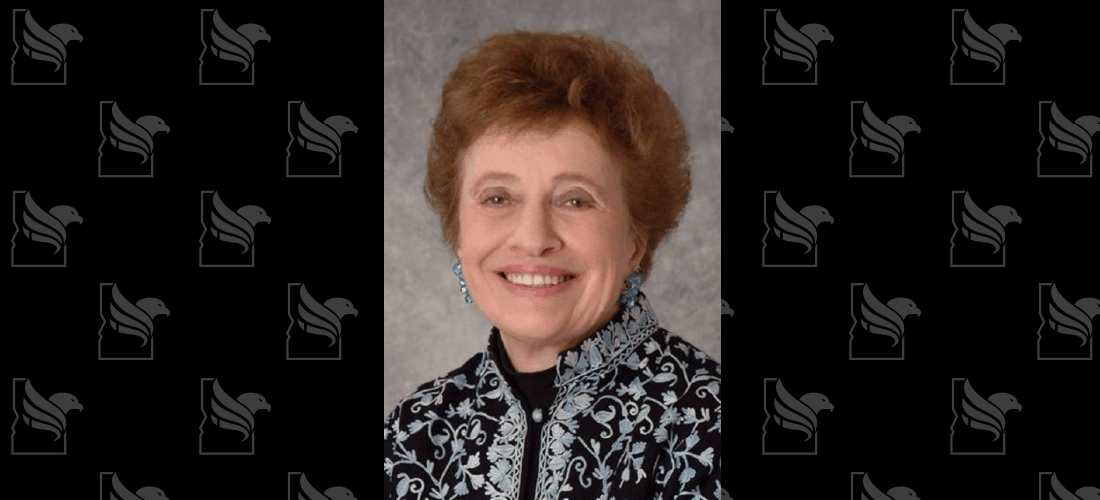By Sandra Stotsky, Professor Emerita, University of Arkansas
Idaho can develop effective non-Common Core standards for mathematics and English/reading if its Legislature requires the development of K-12 standards in mathematics and in English/reading with the following features and guiding policies:
In mathematics:
- Standards for all basic arithmetical operations (addition, subtraction, multiplication, short and long division) and standard algorithms are taught at the same grade levels as in Singapore Math’s original series for the elementary grades. Here are articles about the original Singapore Mathematics program for K-5/6 after it began to be taught in 3 elementary schools in the North Middlesex Regional School District in Massachusetts:
- Boston.com
- PR News Wire
- ChristianBook.com
- Singapore math study
- Standards that enable all children in public elementary schools to be prepared via their mathematics curriculum to enroll in and complete a traditional Algebra I course in grade 7 or 8 before going on to advanced science and math in high school.
- Standards/lessons from Dolciani-authored or co-authored mathematics textbooks in grade 8 and above, where possible.
- Standards for Euclidean geometry (with proofs) addressed in separate units in grades 6, 7, and/or 8 (as in Singapore Math), along with standards for separate algebra units, or in a full course in grade 9.
- Standards that enable high-achieving math students to enroll in and complete a traditional Algebra II course in grade 10 or 11 and to study pre-calculus in grade 11 or 12.
In English/reading:
- Standards in grades 3-8 that require about half of what all elementary students read in whole-class history or language arts lessons to come from the excellent series of informational books on historical people and events in U.S. and world history published in the 1950s and 1960s by Random House Publishers. Please see this link.
- Standards in grades 9-12 that require all high school students to become familiar with historically and culturally significant whole works from the following ten Literary Periods: Classical (1200 BCE–455 CE); Medieval (455 CE–1485 CE); Renaissance (1300–1660): Restoration and 18th Century (1660–1790); Colonial and Early National (1600–1830): Romantic (1790–1870): Realism and Naturalism (1870–1910); Modernist (1910–1945); Post World War II (1945–1980); and Contemporary (1980-2020).
- Standards for a coherent literature/reading curriculum for K-12 that address all four major types of literature: poetry, fiction, nonfiction, and dramatic literature.
- Reading lists showing titles or authors of well-known informational texts in these literary periods that serve as historical context for the literary works selected by the English teacher for classroom instruction.
- Reading passages for test items for each tested grade that come from works by authors in these literary periods. About 60% of the passages should be literary, and 40% non-literary. Passages from well-known speeches or biographies may be literary or non-literary, as most English teachers would agree.
For teacher licensure or certification in Idaho:
- All elementary, early childhood, and special education teachers (grades K-6) should be required to pass the Reading Licensure Test (90) developed in MA in 2002 (or its equivalent). This licensure test helped all teachers of young children to teach beginning reading so effectively that MA students on average earned first place on NAEP’s tests in grade 4 and grade 8 in reading and in mathematics from 2005 on. MA students still have the highest state averages in the country. For a description of the test’s development, see this link.
- All prospective elementary, early childhood, and special education teachers should be required to take and pass the Bay State’s elementary mathematics licensure test (53).
- All cut-off scores for performance levels on all student or teacher tests should be set by Idaho parents, grade 11 or 12 teachers, and Idaho state legislators instead of using the cut-off scores the state is given from outside the state and/or the USED.
In addition, the Board of Education (BoE) and the governor need to ask the math and English teaching faculty at each public college in the state to analyze the state’s current high school standards, grades 9-12, and issue a signed public report containing their analysis.
The Idaho State Board of Education and the governor need to ask the math and English teaching faculty at each public college in the state to recommend in writing what standards should be added or changed to make sure that Idaho high school students are prepared for freshman and sophomore credit-bearing courses at that college if they plan to attend college in Idaho.
Concluding remarks
The chief purpose of the standards revision committee is to strengthen public education in Idaho in order to remedy recent federal and state policies designed for low achievers. All students once learned that, regardless of academic achievement, they were politically equal to each other in our civic culture, with a shared civic identity. Yet, policy makers and philanthropists have led low achievers to believe that they haven’t succeeded in school because of bigoted educators and communities. As my last four books try to make clear, all parents and educators must revive the civic mission of their own public schools, and actively help to restore educated citizenship as the goal of K-12 public education.




